Blog
Heating, AC, Plumbing & Electrical Blog



How Do Wireless Light Switches Work?
Light switches have come a long way from the hard-wired switches of the past. Regular light switches need wires to work, but wireless switches use

How Often Should You Change Your Furnace Filter?
Maintaining your home’s heating system is crucial for comfort and efficiency. When it comes to understanding how often to replace furnace filters, the answer depends

Furnace Sizing Guide: How Big of a Furnace Do I Need?
If you’re shopping for a new heating system, you’re probably wondering how big of a furnace you need for your home. Getting the right size
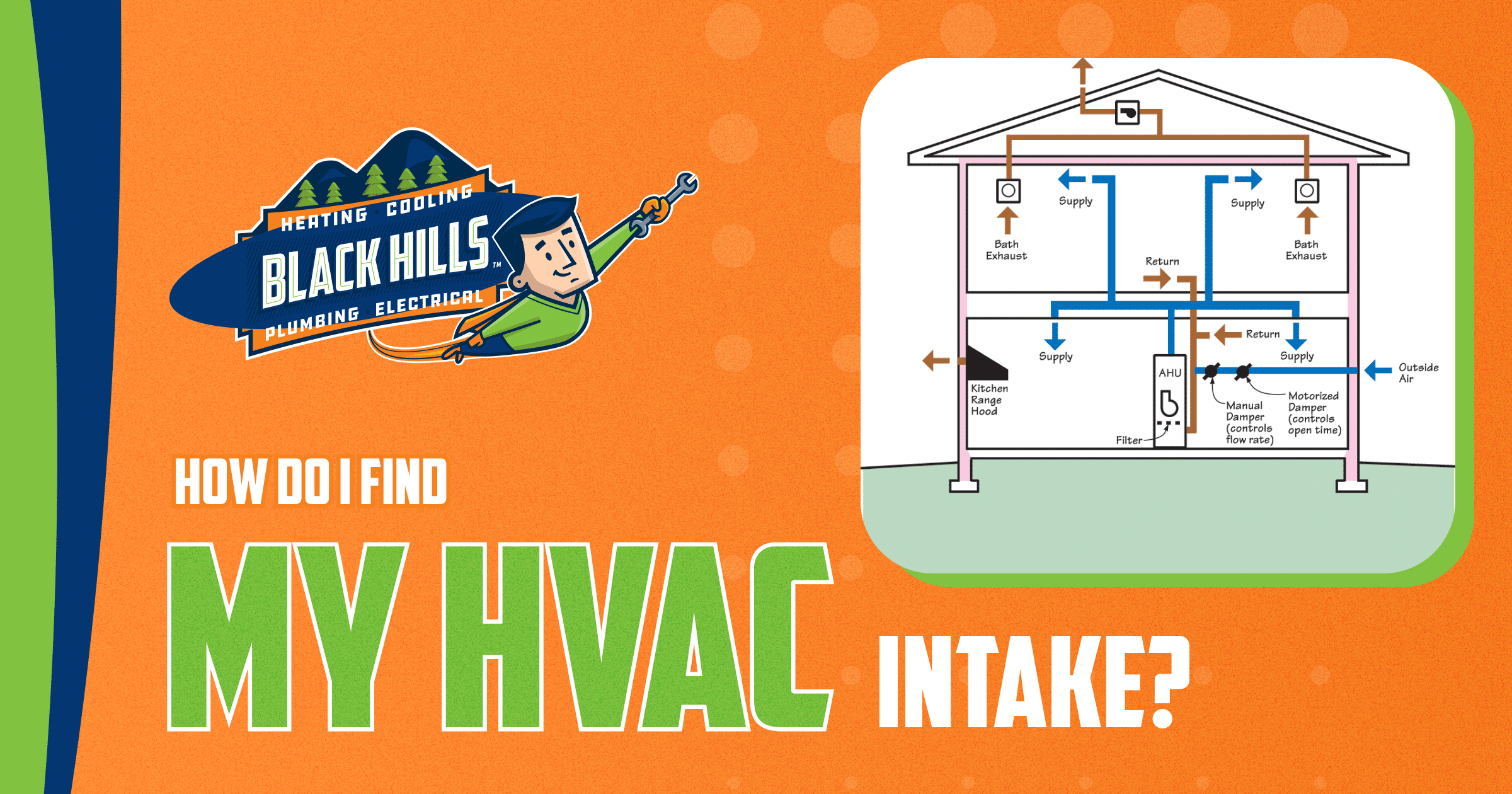
How Do I Find My HVAC Intake?
Your HVAC system contains numerous vents that blow hot or cold air into your rooms, distributing the air throughout your home. But where does your
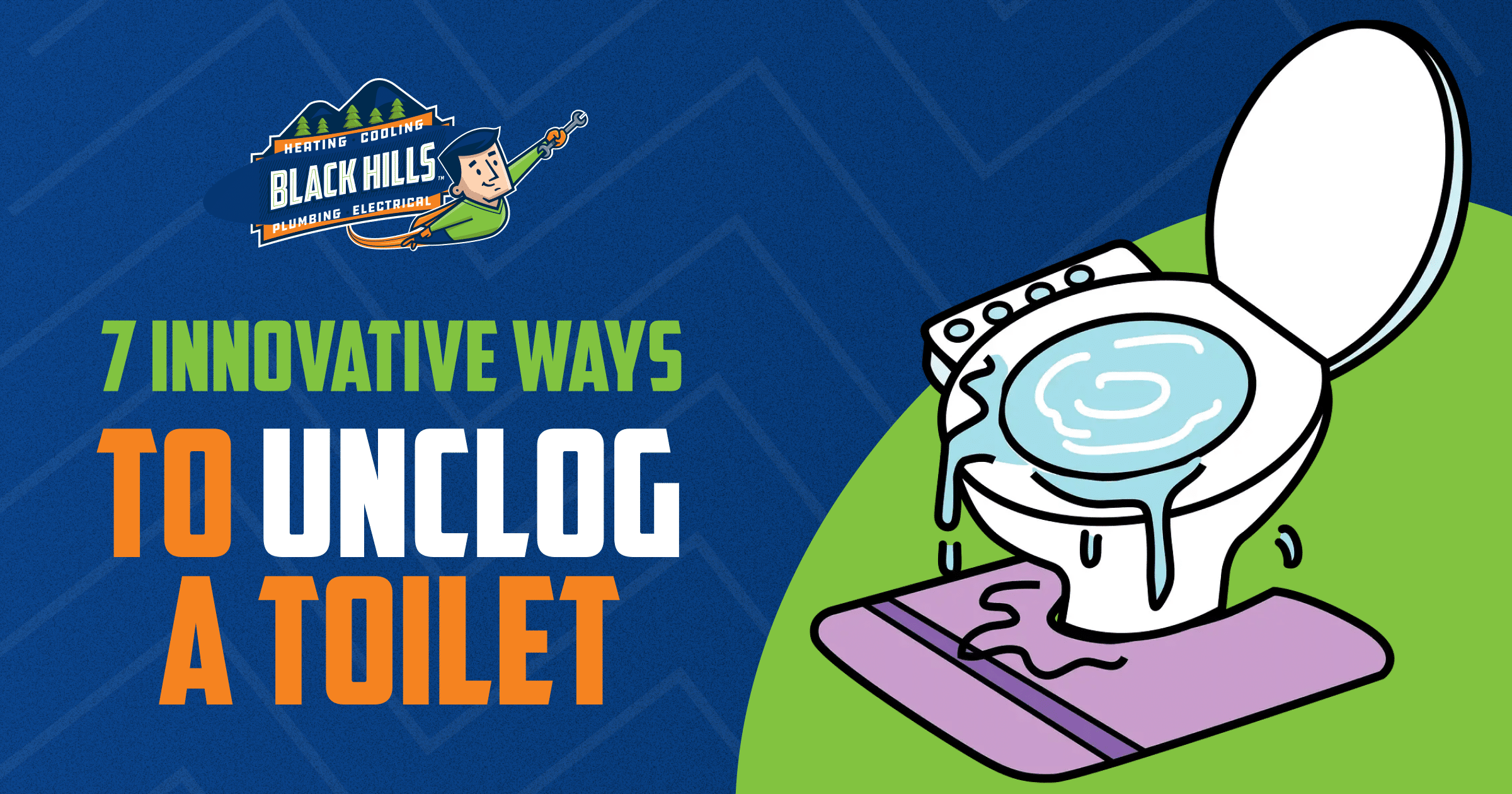
7 Innovative Ways to Unclog a Toilet
Toilet clogs seem to occur at the worst possible moments. But when is there a good time for one? It’s among the most disruptive issues
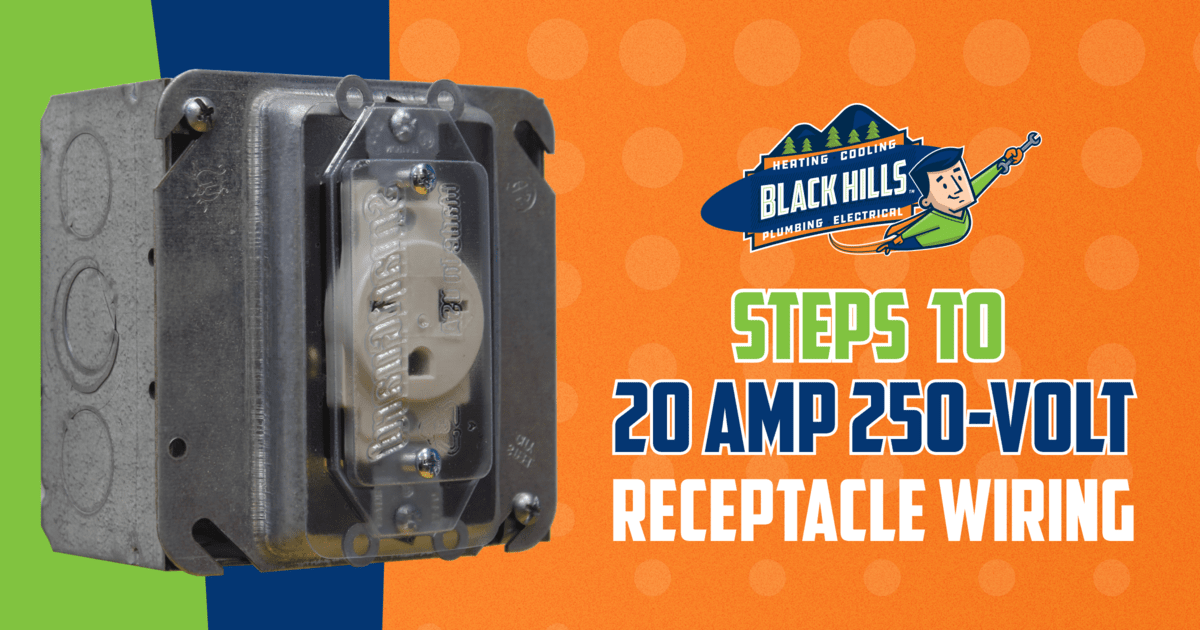
Steps to 20-Amp 250-Volt Receptacle Wiring
An air conditioner, washer, dryer, range, electric water heater, or other large appliance often requires a 250-volt plug. It must be inserted into a matching
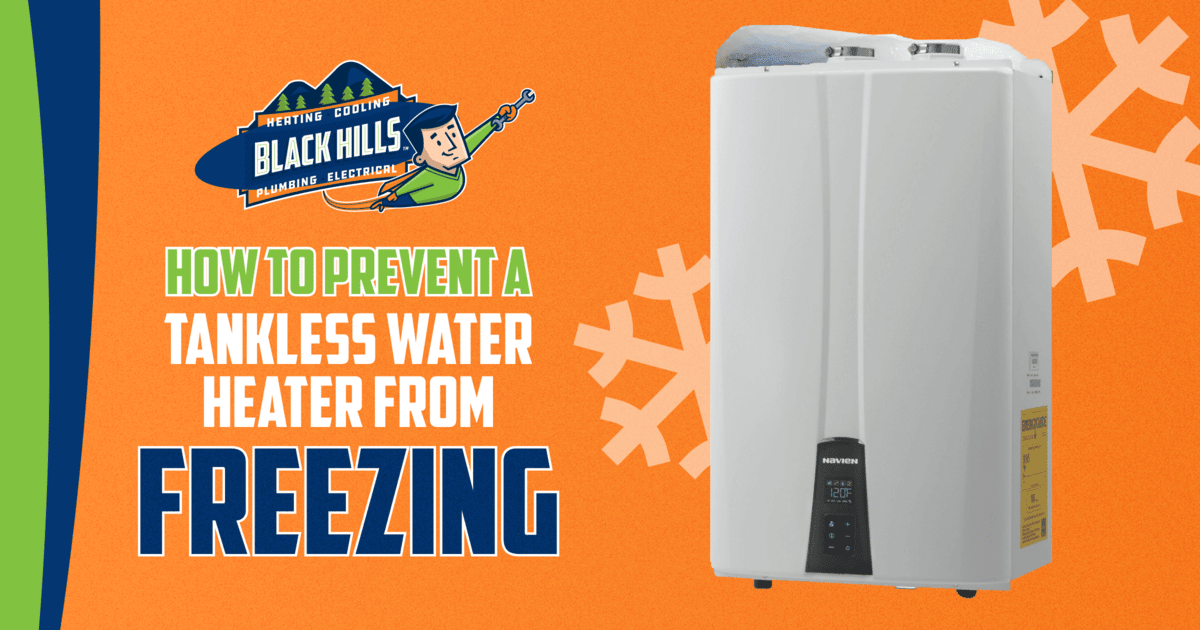
How to Prevent a Tankless Water Heater from Freezing
Tankless water heaters save space, conserve energy, and provide instant hot water. They afford many advantages for the average home. But in low temperatures, standing
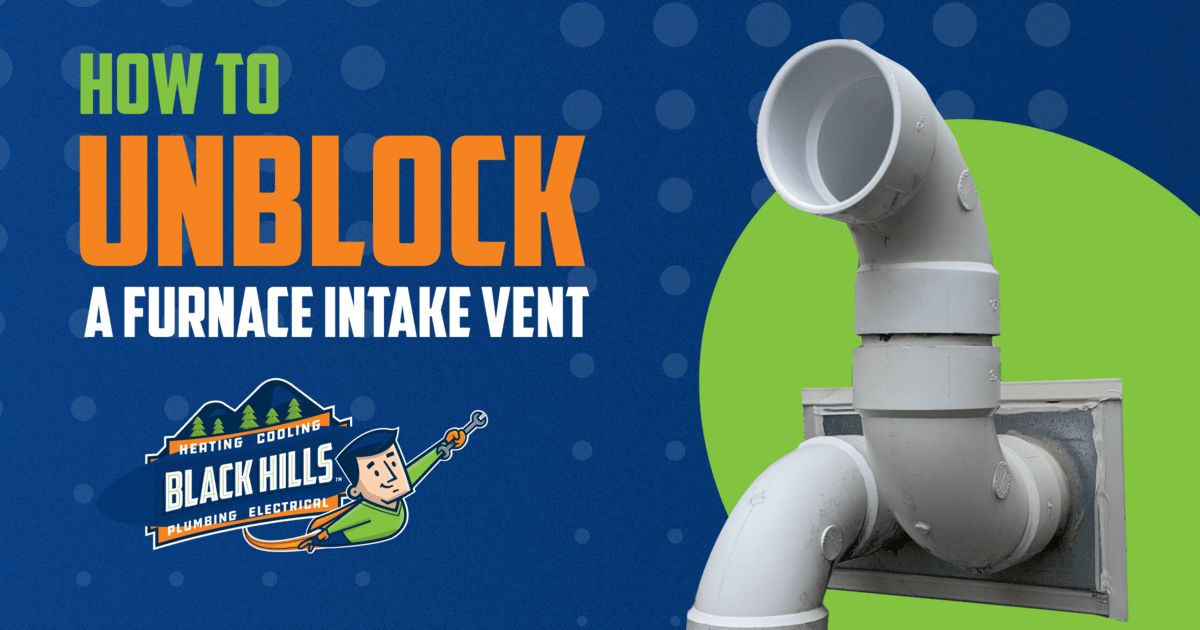
How to Unblock a Furnace Intake Vent
The furnace intake vent must be clean for your heater to work properly. A supply of fresh air delivers oxygen to the combustion chamber; without
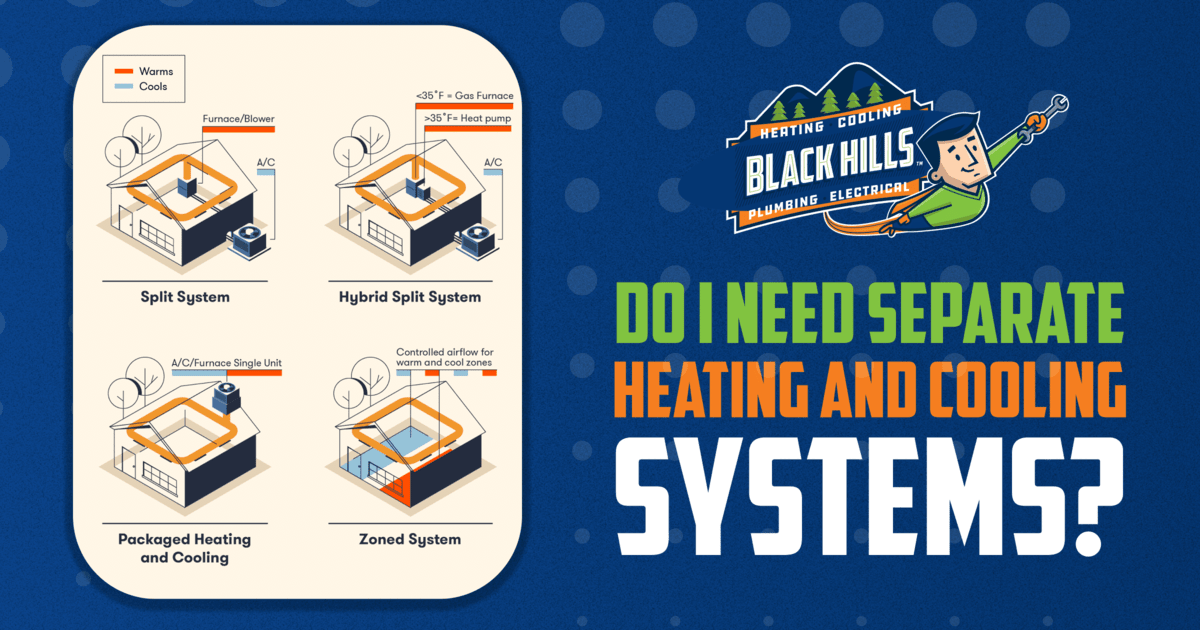
Do I Need Separate Heating and Cooling Systems?
In the United States, most people use a furnace to heat their homes. Central air conditioners are pretty much standard when it comes to cooling
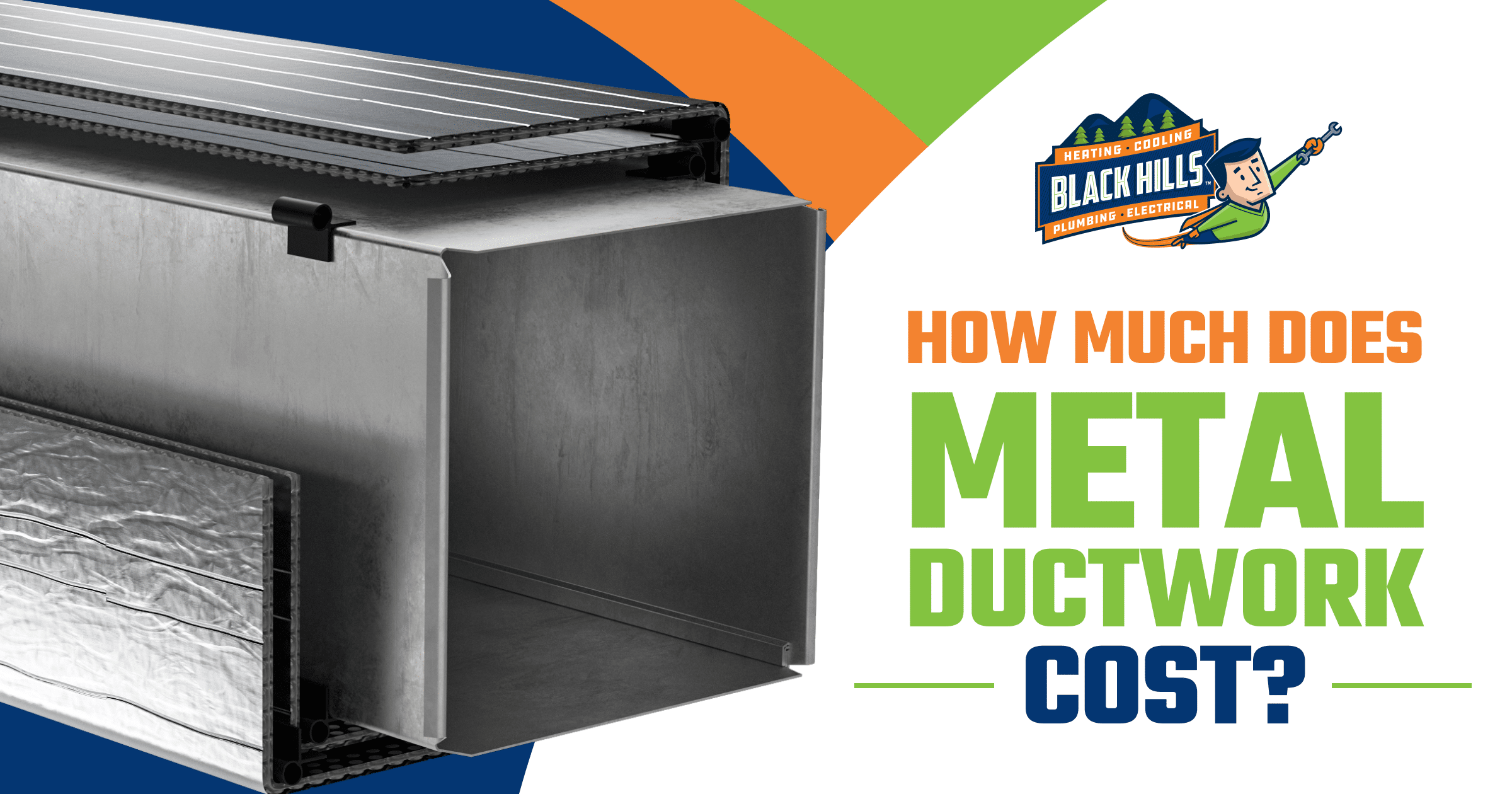
How Much Does Metal Ductwork Cost?
As of the summer of 2022, HVAC ductwork cost $10 to $25 per linear foot on average, according to HomeAdvisor. The average total cost of
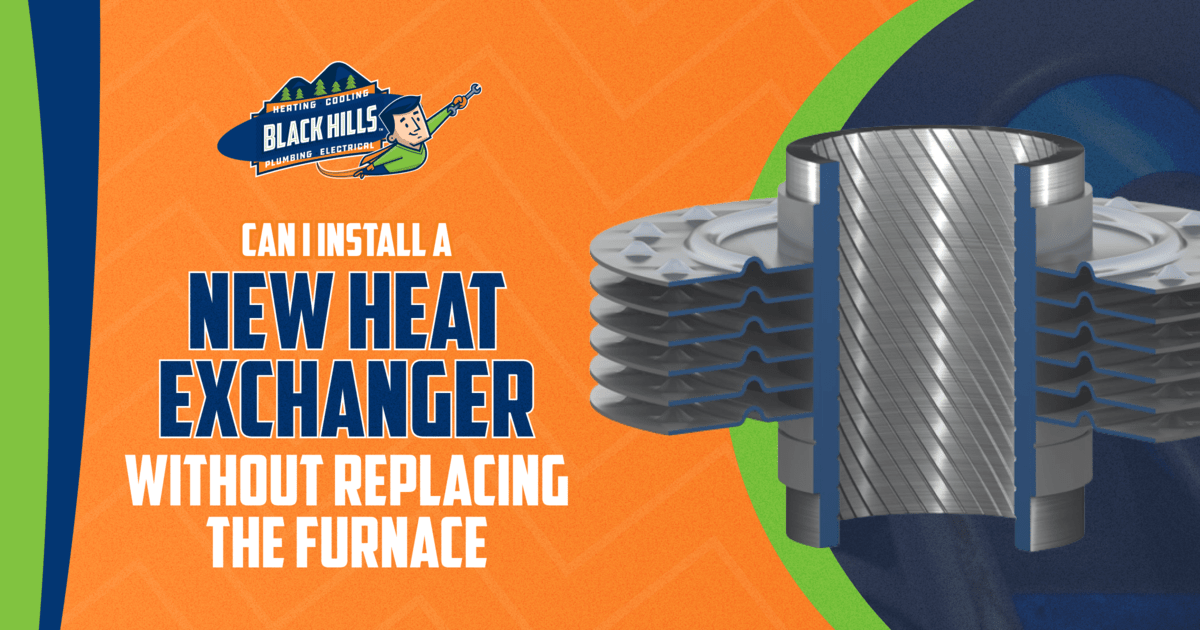
Can I Install a New Heat Exchanger Without Replacing the Furnace?
A cracked heat exchanger is an extremely serious problem that poses severe safety concerns. Replacing it without installing a new furnace is possible but expensive.
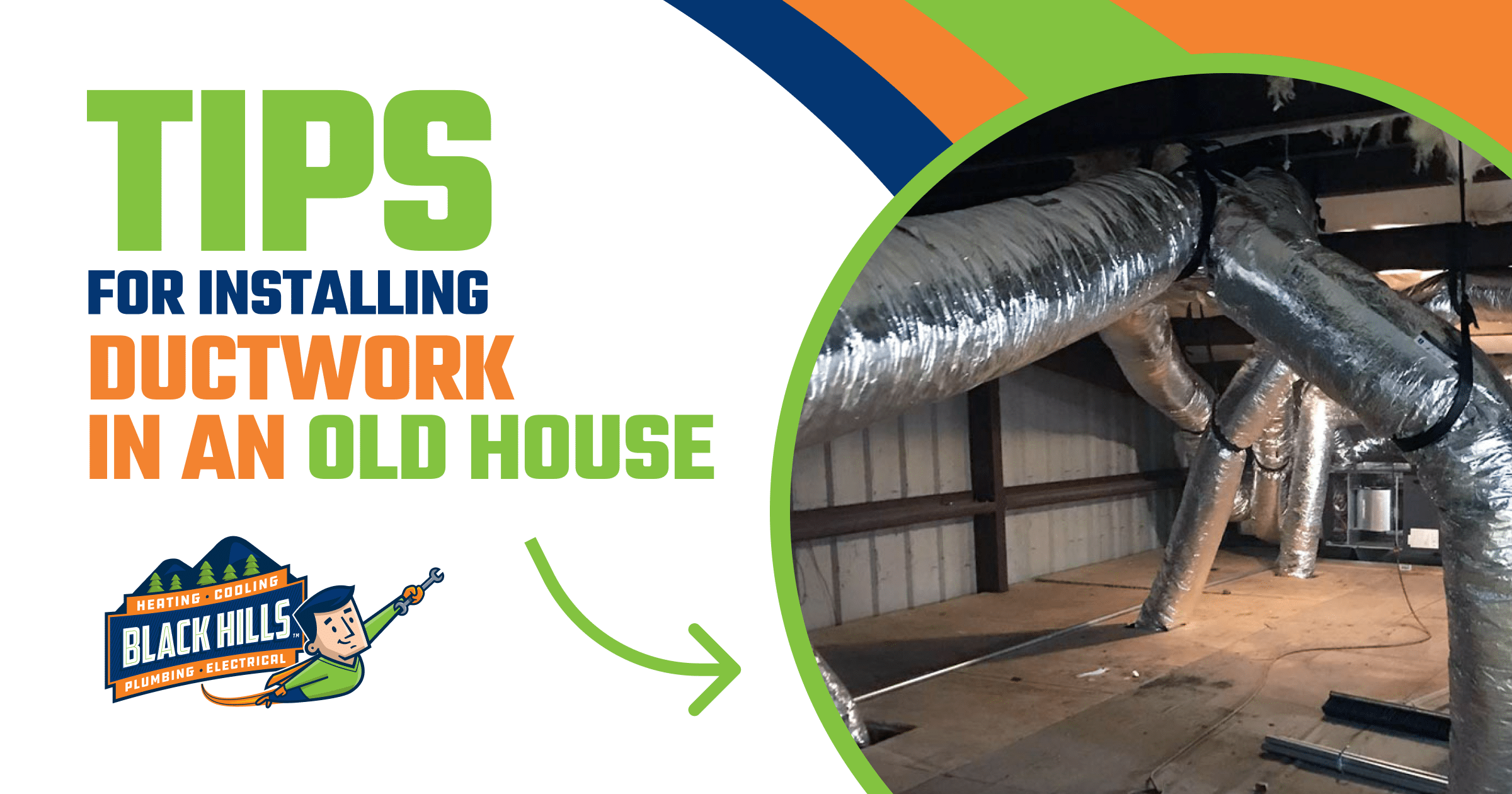
Tips for Installing Ductwork in an Old House
Old homes can be charming but often lack the comfort and convenience of modern heating and cooling systems. Updating your HVAC unit usually requires installing
Recent Posts
Categories
- Air Conditioning (42)
- Air Quality (4)
- Electrical (14)
- Heat Pump (2)
- Heating (22)
- News (4)
- Plumbing (5)
- Uncategorized (3)
- Water Heater (2)
Archives
- December 2024
- November 2024
- November 2023
- April 2023
- March 2023
- February 2023
- January 2023
- December 2022
- November 2022
- October 2022
- September 2022
- August 2022
- July 2022
- June 2022
- May 2022
- April 2022
- March 2022
- February 2022
- December 2021
- September 2021
- August 2021
- July 2021
- June 2021
- May 2021
- April 2021
- March 2021
- February 2021
- June 2020
- May 2020
- January 2020
- October 2019
- August 2015
- July 2015
- June 2014
- May 2014
- March 2014
- February 2014
- January 2014
- December 2013
- October 2013
- September 2013
- August 2013
- June 2013
- May 2013
- December 2011
- November 2011
CONTACT US
WE ANSWER THE CALL
Looking for an expert’s insight on your next home improvement project? Our helpful team is standing by to answer questions and be of service.